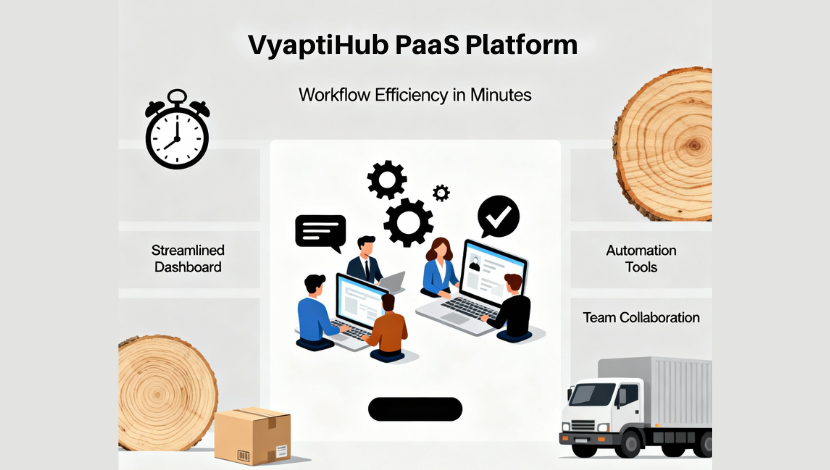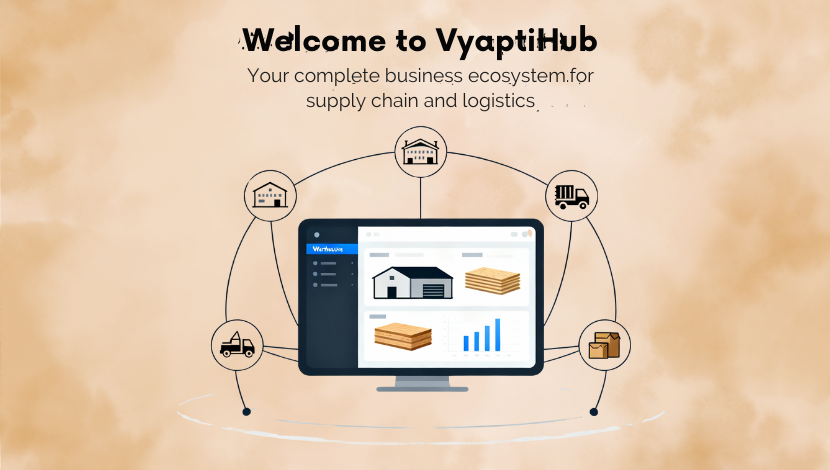
In an age where businesses thrive on agility and speed, Product as a Service (PaaS) is reshaping how companies operate. Gone are the days when installing heavy, local software required endless updates, complex configurations, and costly maintenance. PaaS has ushered in a smarter, more efficient way to manage workflows, collaborate seamlessly, and scale operations effortlessly — all through the cloud.
For modern businesses, adopting a PaaS solution isn’t just an upgrade — it’s a complete transformation in how work gets done. Whether you’re running a startup or managing a large-scale enterprise, PaaS provides the flexibility, scalability, and innovation needed to stay competitive in today’s digital-first world.
Why PaaS Is the Smarter Choice
PaaS platforms operate on a subscription-based model, allowing users to access applications via the internet instead of installing them on individual devices. This simple shift changes everything — from how you deploy new tools to how your teams interact with data.
Here’s why businesses across industries are moving toward PaaS-based solutions:
- Faster Implementation: PaaS applications can be set up in minutes, eliminating the long installation cycles of traditional software.
- Lower Costs: There’s no need for costly hardware or IT infrastructure. You only pay for what you use, making it ideal for businesses with evolving needs.
- Automatic Updates: Forget about manual patches or outdated systems. PaaS ensures you always run the latest version, automatically.
- Scalability on Demand: Need more users or storage? Scale instantly without technical complexity.
- Anywhere, Anytime Access: Work doesn’t stop at the office. PaaS allows you to access your tools from any device, anywhere in the world.
In contrast, traditional software requires time-consuming installations, large upfront investments, and ongoing maintenance — all of which slow down workflow efficiency. PaaS removes those barriers, empowering teams to focus on what truly matters: growth and innovation.
Streamlining Workflow: The PaaS Way
Every successful business relies on streamlined workflows — and PaaS is designed with that goal in mind. From task automation to data integration, PaaS solutions connect different departments and eliminate repetitive manual processes.
Let’s explore how PaaS enhances workflow efficiency:
- Automation that Saves Time: Routine tasks like data entry, reporting, and communication can be automated. Teams spend less time on admin work and more time on creative and strategic tasks.
- Real-Time Collaboration: With cloud-based access, multiple users can work on the same project simultaneously, share feedback instantly, and track changes in real-time.
- Centralized Data Management: All your data is securely stored in one place, easily accessible to authorized users. No more version confusion or lost files.
- Integration with Existing Tools: Most PaaS platforms integrate smoothly with CRMs, project management software, or analytics tools — creating a unified digital ecosystem.
This streamlined approach leads to faster decision-making, increased transparency, and reduced operational friction.
The Visual Edge: Turning Complexity into Clarity
In the PaaS world, visuals are more than just design — they’re a language. A well-designed interface communicates the product’s purpose instantly and guides users naturally through the workflow.
At the core of great PaaS design lies visual clarity. From interactive dashboards to workflow diagrams and feature demos, visual elements play a critical role in making software intuitive and accessible.
Here’s how visuals elevate the PaaS experience:
- Simplified Onboarding: Tutorials, walkthroughs, and animations help users understand the product quickly, reducing learning time.
- Intuitive Navigation: Thoughtful layouts, color coding, and icons direct users seamlessly through complex features.
- Data Visualization: Charts, graphs, and visual reports convert raw numbers into meaningful insights.
- Engaging User Experience: Interactive elements like live demos, feature highlights, and videos keep users engaged and informed.
We believe that a product’s value is best communicated visually — when users see how something works, they instantly understand its impact.

Design Philosophy: When Function Meets Emotion
PaaS design is not just about aesthetics; it’s about creating an emotional connection with functionality. A well-crafted interface makes users feel confident, capable, and in control.
Here’s how thoughtful design enhances PaaS usability:
- Consistency Builds Trust: Consistent design patterns and interactions help users predict how the software behaves, improving confidence.
- Clarity Reduces Confusion: Every button, color, and icon must have a purpose. Minimal design helps users focus on what’s important.
- Feedback Encourages Action: Subtle animations and alerts confirm user actions, providing a sense of responsiveness and control.
- Accessibility Expands Reach: Inclusive design ensures everyone — regardless of ability — can use the software effortlessly.
By blending form with function, great PaaS design ensures users not only use the platform but enjoy using it.
Customer Voices: Experience That Speaks Volumes
Nothing validates a PaaS product better than real-world impact. Users often highlight how intuitive interfaces, automation tools, and smooth collaboration have changed their day-to-day operations.
“Switching to this PaaS platform has revolutionized our workflow. Everything feels faster, clearer, and more connected. Our team spends less time managing tools and more time achieving results.”
This kind of feedback captures the essence of PaaS — a solution that empowers people to work smarter, not harder.
PaaS vs. Traditional: The Future is Cloud-Driven
The difference between PaaS and traditional software isn’t just in how they’re delivered — it’s in how they empower teams.
| Aspect | Traditional Software | PaaS (Cloud-Based) |
| Installation | Requires manual setup on every device | Access via browser or app instantly |
| Maintenance | Manual updates, high IT costs | Automatic updates and upgrades |
| Cost | Large upfront payment | Flexible subscription pricing |
| Accessibility | Limited to installed devices | Available anytime, anywhere |
| Scalability | Requires technical reconfiguration | Scale up instantly |
| Collaboration | Often disconnected | Real-time team collaboration |
It’s clear — PaaS offers agility, speed, and simplicity that traditional systems just can’t match. As industries evolve, cloud-based technology will continue to lead innovation and growth.
Final Thoughts: The Power of PaaS in Modern Business
In the modern digital era, PaaS is more than software — it’s a strategy. It empowers businesses to stay flexible, connect globally, and adapt instantly to change. With automation, data-driven insights, and powerful visual interfaces, PaaS platforms redefine how work gets done.
At its heart, PaaS is about transformation — transforming complex workflows into effortless processes, transforming disconnected teams into collaborative units, and transforming businesses into agile, future-ready organizations. If you’re looking to simplify your operations, increase productivity, and modernize your workflow, it’s time to embrace the PaaS revolution. Efficiency, innovation, and growth are just a few clicks away.




Arjun Singh
July 16, 2025We saw a dramatic improvement in productivity internal communication. Plus, the customer support team has been fantastic
Amit Kumar
July 16, 2025Before switching to this PaaS platform, our team was juggling multiple tools just to keep projects on track everything we need task management
Gaurav Kapoor
July 17, 2025We saw a dramatic improvement in productivity internal communication. Plus, the customer support team has been fantastic